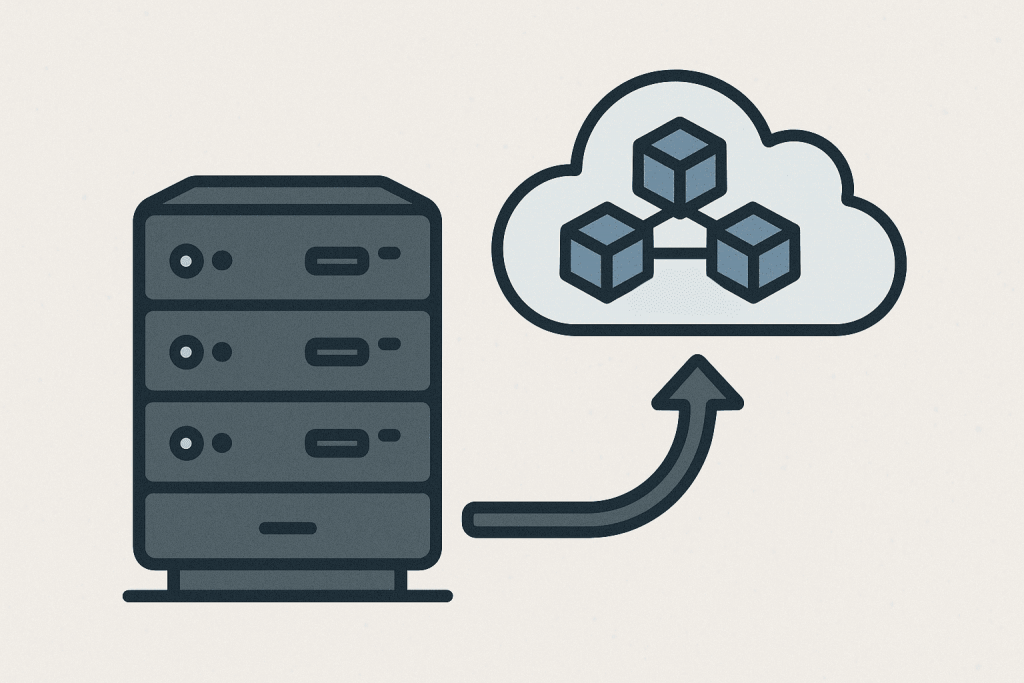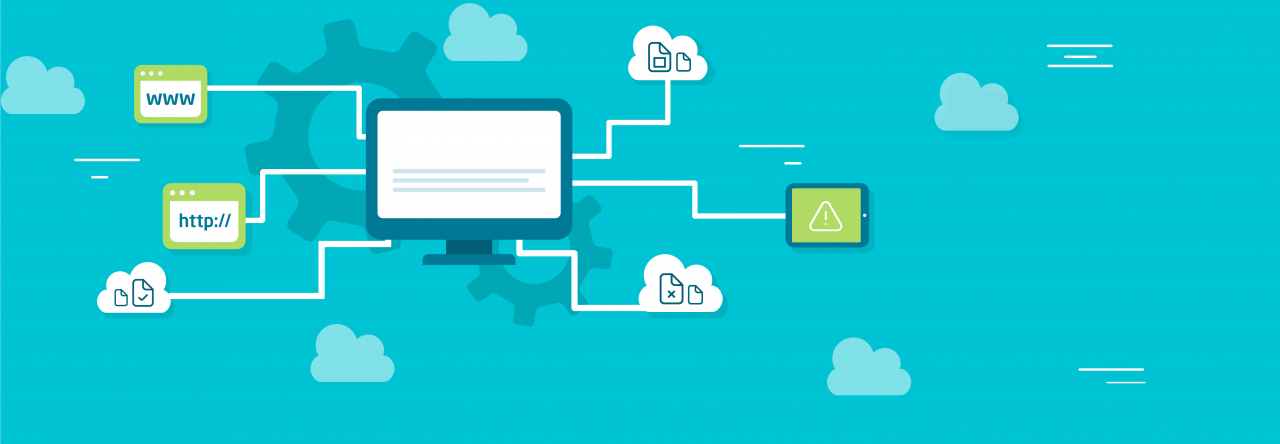
In a world where decentralization is becoming the new standard of digital security, the concept of having your own node is gaining increasing importance. While most users used to interact with blockchains only through exchanges or wallets, today more and more companies and enthusiasts are striving to have their own node — an independent network participant that stores a copy of the blockchain and takes part in transaction verification. This is not just about technical autonomy but also about trust, security, and independence from third-party services. However, to launch a node, you need more than just motivation — you need a server that will become its foundation.
What a Node Is and Why It Matters
A node is a unit in a blockchain network that stores a full or partial copy of the distributed ledger. Thanks to nodes, the system remains decentralized: every participant has their own copy of the blocks and can verify their validity independently. This ensures that the blockchain has no single control center — even if part of the network fails, the rest continues to operate. Nodes maintain transparency and prevent data manipulation: no transaction can be confirmed without being verified by other participants. Thus, running your own node means not just using the blockchain but becoming part of it.
Why a Node Needs a Server
For a node to work reliably, it must be online 24/7 and have enough resources to store blocks that are constantly being added to the chain. A server ensures the continuity, speed, and stability of node operations. If you try to run a node on a home computer, problems will inevitably occur — from lack of disk space to power or internet interruptions. A server, on the other hand, provides stable connectivity, backup power, fast SSD storage, and sufficient RAM. In addition, a high-quality data center guarantees that your equipment operates around the clock with minimal latency.
Choosing Resources for Your Node
The server requirements depend on the specific blockchain. For example, a Bitcoin node requires more than 600 GB of storage, while Ethereum or Cardano may already demand several terabytes. RAM and CPU power are also crucial — the stronger the hardware, the faster your node syncs with the network and processes blocks. For small experimental or test projects, a VPS with 4–8 GB RAM and a few CPU cores is sufficient. But for mining pools, validators, or commercial nodes, it’s better to use a dedicated server with a powerful processor, large memory capacity, and high-speed NVMe drives. This ensures that your node stays synchronized and performs reliably even under peak loads.
Benefits of Running Your Own Node
With your own node, you gain full control over transactions without relying on external APIs or centralized services. All operations are verified directly by your server, meaning no third party can alter or intercept your data. This is especially important for crypto exchanges, DeFi applications, and NFT platforms, where speed and security are critical. Having a node also enables in-depth analytics: you can access real-time blockchain data, monitor network activity, create your own APIs, or even build services on top of existing chains. For developers, it’s an excellent way to understand how blockchain works at the transaction and block levels.
The Role of Decentralization and Independence
The more nodes there are, the stronger and safer the network becomes. Every new node adds another layer of protection, making attacks and manipulation far more difficult. For instance, to perform a “51 % attack,” one would need control over most of the nodes — which is practically impossible in a distributed system with thousands of active servers. Therefore, launching your own node not only benefits you but also strengthens the entire ecosystem. It’s a contribution to a decentralized future where trust is based not on authority but on mathematics.
How to Get Started: From Idea to Launch
To create a node, choose the blockchain you want to support (for example, Bitcoin, Ethereum, or Solana), prepare a server with the required specifications, install the official client software, and configure synchronization with the network. Typically, this involves downloading the open-source client, opening network ports for peer connections, and ensuring constant data updates. Depending on the blockchain, the initial sync may take several hours or even days since the node must download and verify the entire chain. After synchronization, your node becomes a full participant in the network, capable of validating new transactions. The key is to maintain stable server uptime, as any downtime can delay synchronization.
The Server as a Foundation of Trust
Setting up a node is not just a technical step — it’s a strategic decision. Owning a server means knowing your data is secure and your connection to the blockchain is direct and transparent. In a world where digital assets are becoming part of everyday life, having your own node is a way to reclaim control over the internet — one that is increasingly dominated by centralized giants. You don’t even need to buy expensive hardware — you can rent a server from RX-NAME, choosing the configuration best suited to your blockchain network. This approach allows you to deploy your node quickly, ensure stable performance, and enjoy full independence without unnecessary technical complexity. Even if you don’t plan to create a new cryptocurrency, launching a node can be your first step toward understanding the future — a future where every server is part of the global infrastructure of trust.

Leave a Reply